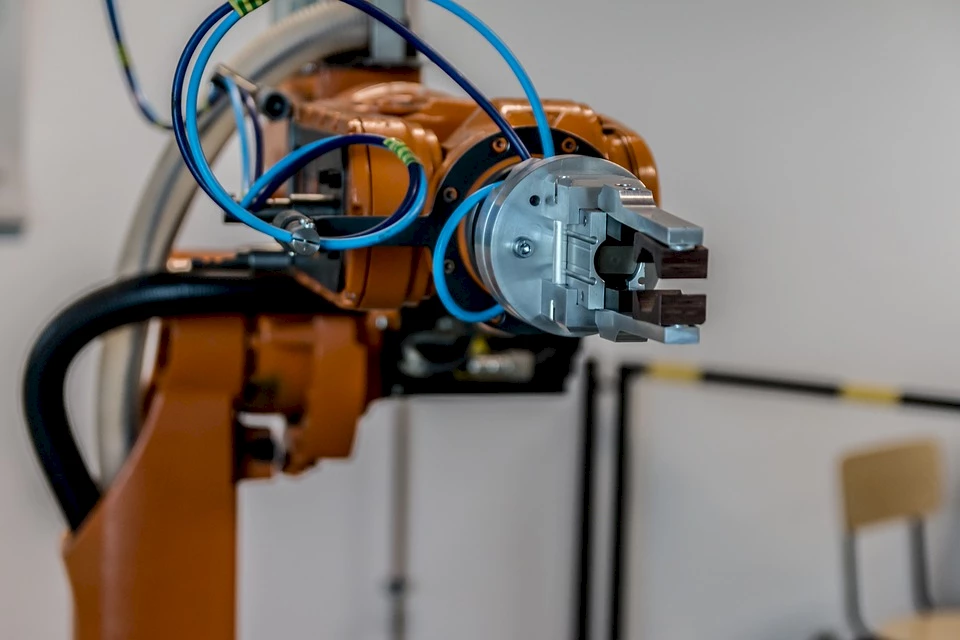Semi-autonomous robots
In contrast to fully autonomous robots, semi-autonomous robots depend on commands from a human. These can be, for example, start or stop commands as well as switching on or programme selection. Partially autonomous robots are suitable for standardised work processes that are, however, subject to a certain degree of individuality and are thus dependent on human thought processes.
 Semi-autonomous robots
Semi-autonomous robots© https://pixabay.com/de/photos/roboter-arm-technologie-roboterarm-2791671/
Prerequisites for use
Risk assessment
According to the Occupational Health and Safety Act, in order to avoid hazards to the safety and health of employees, the employer is obliged to carry out a risk assessment. Hazards are to be determined and evaluated in order to derive effective protective measures.
Suitability of the application area for partial automation
Partially autonomous robots are not an all-purpose solution. Therefore, the periphery must be adapted to the use of the semi-autonomous robots. Upstream and downstream processes may need to be restructured to support the efficient use of robots.
